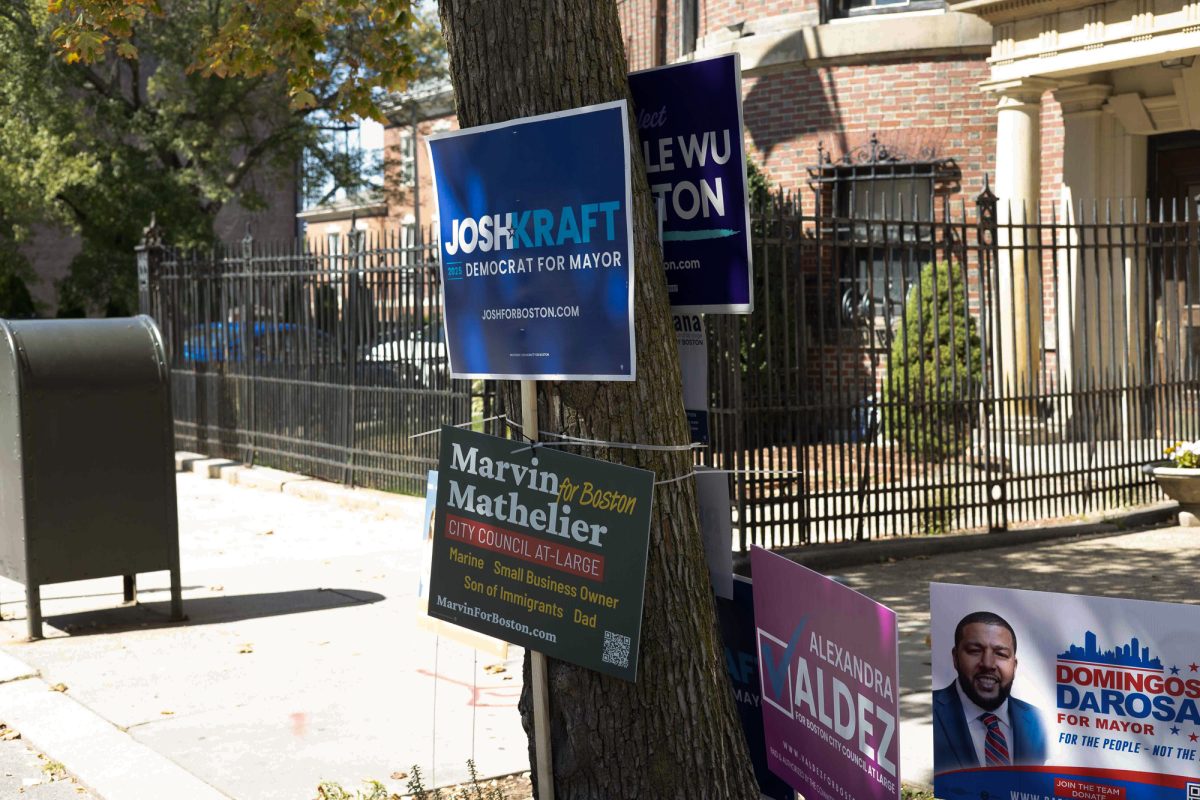After much deliberation, this year’s NCAA Division-I Men’s Basketball Tournament field was announced to much fanfare Sunday night. Those of you who watched the field’s unveiling on ESPN witnessed a heated debate between analysts Jay Bilas and Dick Vitale over the University of Arizona’s inclusion in this year’s bracket at the expense of Saint Mary’s College, not to mention Creighton University, San Diego State University and other at-large candidates.
The dispute was framed as follows: Arizona, despite an abysmal end to its season and a 2-9 record away from home, was granted an NCAA bid. Bilas touted Arizona’s excellent strength of schedule and talented roster as valid reasons for its inclusion; Vitale felt Saint Mary’s, in particular, had a stronger resume, particularly considering the absence of point guard and Australian national team member Patrick Mills for most of the Gaels’ losses. Vitale also noted the difficulty teams outside the top conferences have when attempting to schedule high-major opponents.
In the end, the debate was merely an academic exercise, but Dickie V’s points were valid ones. Other than Davidson, Gonzaga and a handful of other schools from non-major conferences, visits from major-conference opponents are few and far between. For an extreme example, consider a school like Syracuse, whose men’s team has played just three non-conference road games (excluding neutral-site tournaments) in the past five years.
While women’s basketball differs from men’s basketball in many ways, scheduling difficulties aren’t immune to gender barriers. By and large, the top teams spend most of their non-conference schedules hosting opponents, and play most of their road games against ‘-‘- guess who? ‘-‘- each other.
Sure, there might be one game on a top team’s schedule reserved for someone from a relatively small conference. This year, the UConn women traveled to Northern Colorado and returned to Storrs, Conn. with an 85-40 win. Last year, the Ohio State women visited Agganis. These games, however, are the exception, not the rule.
Which brings me to the Terriers ‘-‘- BU’s women’s team, to be more precise. Kelly Greenberg’s team won 19-consecutive contests before falling short against Vermont in the America East title game, yet an NCAA berth was not in the cards. Despite near-flawless performance since New Years’ Day, BU’s poor strength of schedule relegated the Terriers to a first-round home game in the Women’s National Invitation Tournament.
If strength of schedule isn’t an obvious flaw in BU’s tournament resume, consider Hartford. The Hawks were swept by the Terriers in the regular season, failed to make the conference championship game despite home-court advantage and finished with an overall record of 20-11, compared to BU’s 24-7. Despite this, Hartford was awarded a bye in the first round of the WNIT.
Hartford’s superior resume is a product of its schedule. While the Hawks suffer the same scheduling limitations as the Terriers when it comes to getting home games, Hartford makes a point of going on the road to play top opposition. This season, Hartford played four games against top-25 opponents: at Duke, Ohio State, Louisville and UConn. The sheer magnitude of the Hawks’ 53-51 win at Cameron Indoor Stadium individually outweighs most of BU’s accomplishments.
Although there’s no denying the enormity of BU’s regular-season performance ‘-‘- perfect records in conference play don’t happen by accident ‘-‘- the WNIT is not what anyone had in mind for the Terriers during the America East Tournament last weekend. In this instance, BU can stand to learn from one of its frequent opponents. Give Hartford’s non-conference results to BU, and you have a legitimate NCAA at-large candidate. In this instance, being the best team isn’t necessarily as important or as valuable as playing the toughest schedule.
BU isn’t in a position to bring top competition to either The Roof or Agganis on a regular basis anytime soon, and given the roster turnover awaiting the team this offseason, the Terriers might not be ready to benefit from a difficult schedule next year. Still, if the Terriers have a team of this caliber in the near future, it deserves to be tested appropriately. If that means sacrificing home games and probable wins, so be it.
In many ways, the Terriers had every excuse to schedule lightly this year. Weaker opponents gave BU a chance to build some confidence before America East play began in January. Furthermore, even the most optimistic fans wouldn’t have predicted 19 straight wins for the Terriers. Despite falling short of a conference championship, this season will go down as an unqualified success.
Playing weak competition, however, comes at a cost, one the Terriers unfortunately have to live with. There is no such thing as equal footing when it comes to selecting qualified at-large teams for the NCAA Tournament; mid-majors on the outside looking in must choose between hitting the road or discarding their at-large opportunities altogether. The current system may not be fair, but the NCAA is run as a business enterprise: it’s not designed to be fair.
Just ask Saint Mary’s.


















































































































